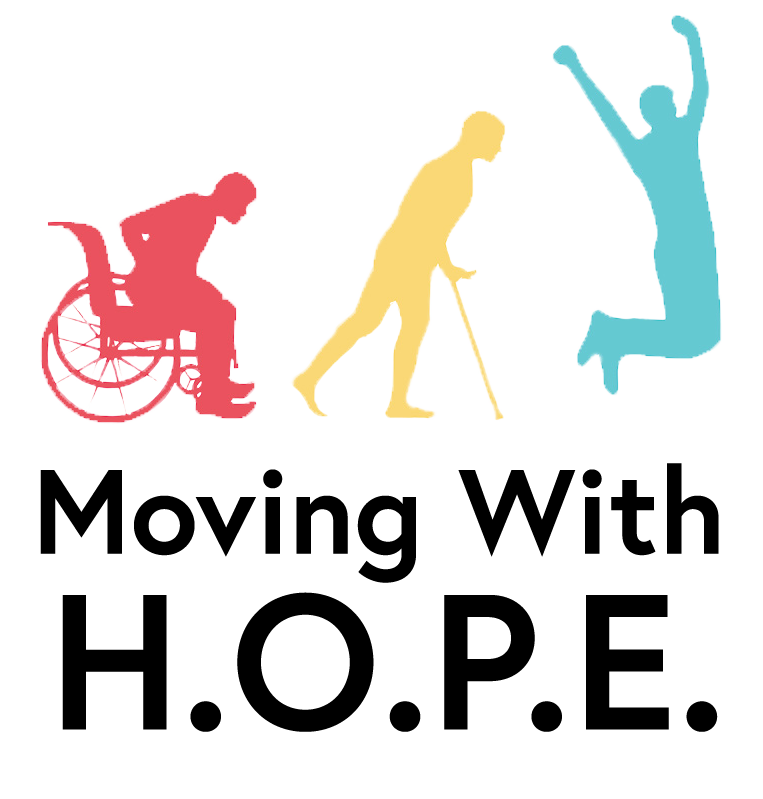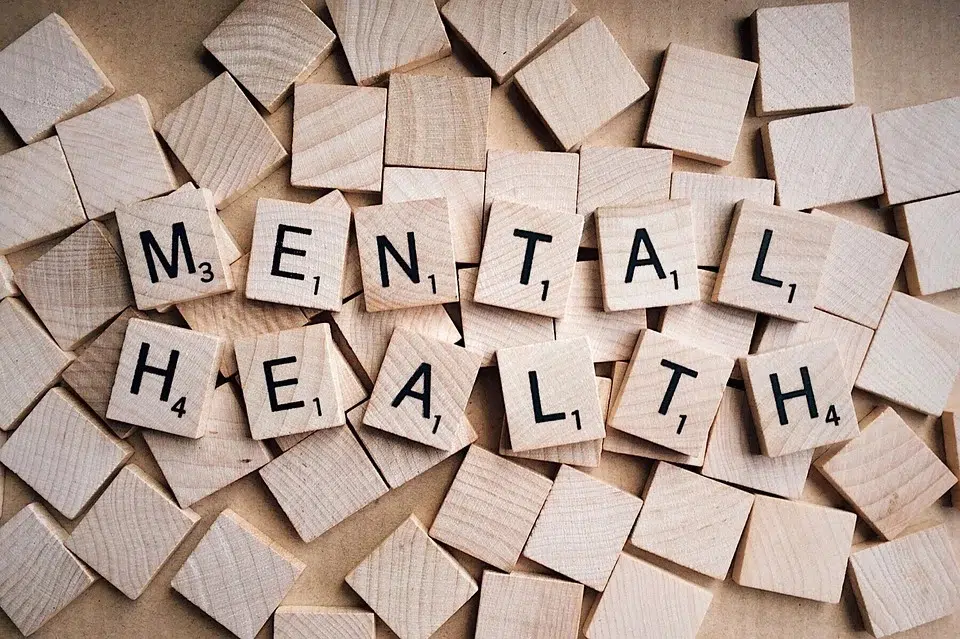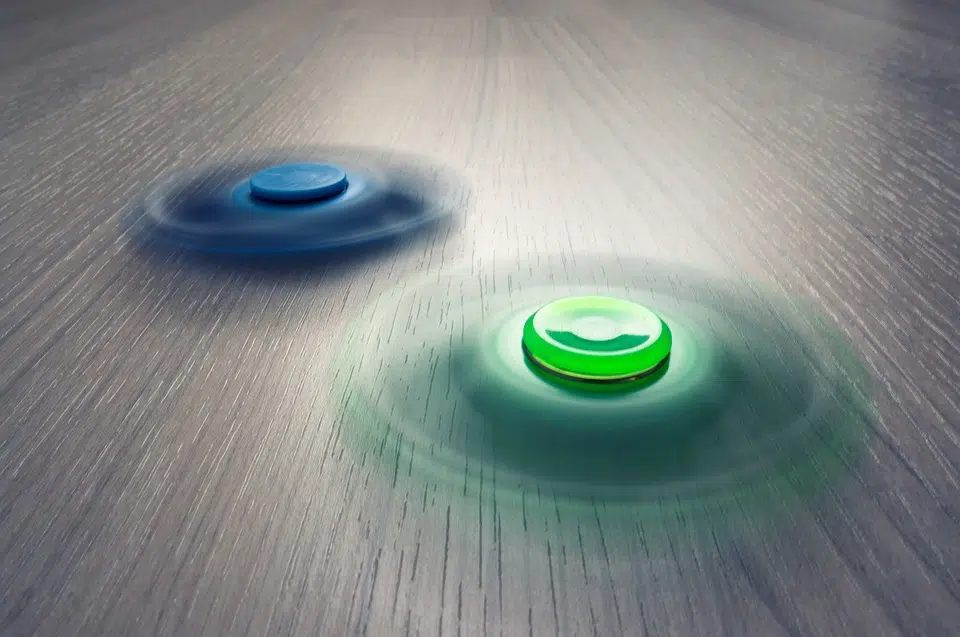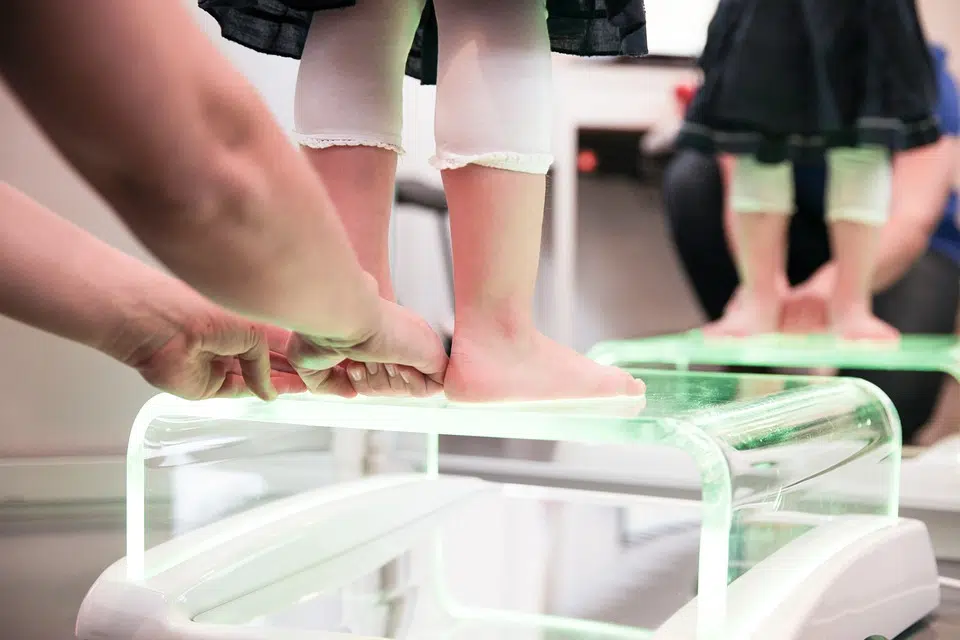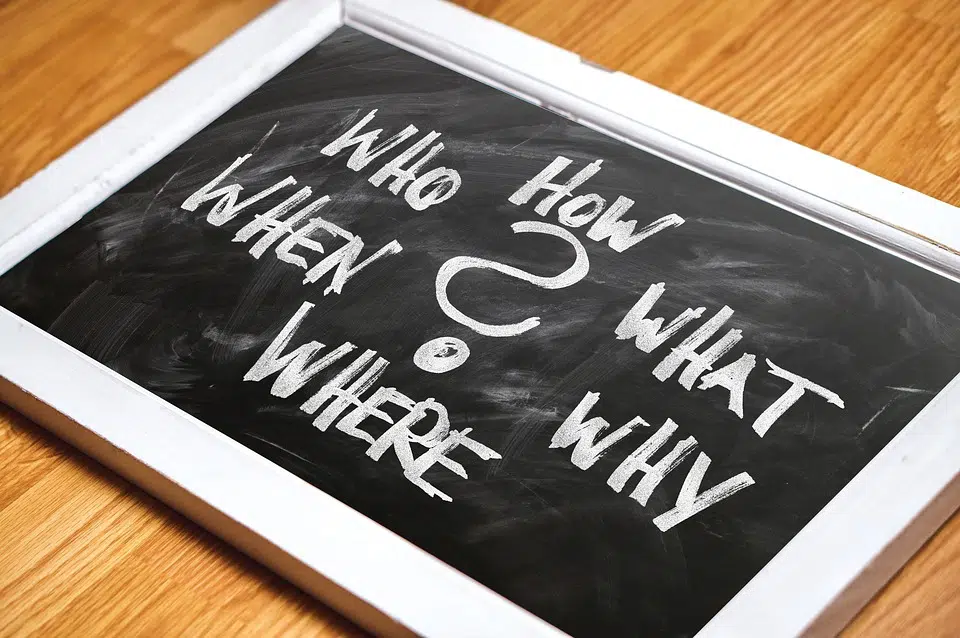The objective of every occupational therapist is to have their patients master activities of daily living (ADLs) and equipment that will help them to live more independently. This article will answer several FAQs about the role of occupational therapists and mental health in managing an ADHD diagnosis. Let’s get started.
What is ADHD?
ADHD (Attention-Deficit/Hyperactivity Disorder) is one of the most familiar neurodevelopmental disorders of childhood. It is usually first diagnosed in childhood and may last into adulthood. Children with ADHD may have trouble paying attention, controlling impulsive behaviors (meaning that they act without thinking about the consequences of their actions), or they may be overly active.
What are the Signs and Symptoms of ADHD?
While it is true that most children have difficulty focusing and behaving, occasionally children with ADHD don’t grow out of these behaviors. Their symptoms may continue, become more severe, and may cause problems at school, at home, or with friends.
A child with ADHD might:
- Daydream (or be overly lost in thought) a lot
- Forget important details or frequently lose things
- Squirm or fidget
- Talk excessively
- Make careless mistakes or take unnecessary risks
- Have a difficult time resisting temptation
- Have trouble sharing or taking turns
- Have difficulties in socializing and getting along with other children
What are the Types of ADHD?
There are three main categories of ADHD and they differ according to the types of symptoms that are strongest in the person:
Predominantly Inattentive Presentation
This category means that it is difficult for the individual to:
- Organize and finish a task
- Pay attention to details
- Follow instructions or conversations
Furthermore, the individual is easily distracted and forgets about the details of daily routines.
Predominantly Hyperactive-Impulsive Presentation
In this instance, the individual fidgets and talks a lot. It’s hard for them to sit still for long – either to eat or to complete a task. Smaller children may run, jump, or climb constantly.
The individual feels restless and has trouble with impulsivity. They may frequently interrupt others, grab things from people, or speak at inappropriate times. It’s difficult for them to wait their turn or listen to directions. They may also be more prone to accidents and injuries than other persons.
Combined Presentation
The symptoms of the two previous categories are equally present in the individual. However, because symptoms may change as time goes by, the presentation may change as well.
What Causes ADHD?
Research studies about the causes and risk factors of ADHD are ongoing. Scientists are searching to find improved ways of managing the symptoms.
While the causes and risk factors of ADHD are not known with certainty, current research indicates that genetics play an important role. Recent studies of twins have linked the incidence of ADHD to one’s genes. In addition to genetics, scientists are also studying other possible causes such as:
- Brain injury
- Exposure to environmental toxins (like lead) during pregnancy or in infancy
- Alcohol and tobacco use during pregnancy
- Premature delivery
- Low birth weight
You should note that scientific research does not support popular views that ADHD is caused by excessive sugar consumption, watching TV a lot, parenting, social, or environmental factors such as poverty and family chaos. While these issues may worsen the ADHD symptoms, they are not the main causes of the condition.
Is There a Cure for ADHD?
As of the time of writing, there is no known cure for ADHD. Treatment is focused on managing the symptoms with a combination of behavior therapy and medication. We also recommend behavior therapy for the parents of preschool-aged children (4-5 years) with ADHD as a first line of treatment before medication is attempted. Effective treatment plans include close monitoring, follow up visits, and modifications to treatment protocols as needed.
What is the Best Therapy for ADHD?
Behavioral therapy is often recommended to manage ADHD symptoms. Behavioral therapy (or behavior modification) has been quite successful in treating children with ADHD. It is most beneficial when it is used in children who take medications, as it may even allow them to take reduced doses.
How Does Occupational Therapy Improve Behavior?
An occupational therapist helps to address the barriers that adversely affect an individual’s emotional, social, and physical needs. They use daily activities, exercises, and other therapies (such as play for children) to improve the individual’s ability to complete tasks and improve their performance in the home, at work, and in school.
Is Therapy Necessary to Manage ADHD?
Therapy is an essential part of the treatment protocol for children and teens diagnosed with ADHD. They meet with an occupational therapist to help them learn and practice coping mechanisms so that they can live full lives despite the ADHD diagnosis. Also, therapy helps these children to learn valuable skills that don’t naturally arise due to ADHD. These skills include listening and paying attention much better.
What Does a Pediatric Occupational Therapist Do for Children With ADHD?
A pediatric occupational therapist works with children to improve their fine and gross motor skills and motor planning. Occupational therapy also helps children who struggle with self-regulation and sensory processing. The best thing is that all occupational therapy sessions are tailored to meet each child’s unique needs.
What Should I Expect From a Session With a Pediatric Occupational Therapist and How Long is Rehab for ADHD?
The occupational therapist will first evaluate your child. They will do this using input from you and your child’s teachers. During the evaluation, your occupational therapist will consider how ADHD affects your child’s schoolwork, social life, and home life.
Furthermore, they will conduct a test to discover your child’s strengths and weaknesses. Then they will recommend ways to address each challenge.
During an occupational therapy session, the therapist and your child might:
- Play games like catching or hitting a ball to improve coordination.
- Perform activities that help to work out anger and aggression.
- Learn new ways to complete daily tasks like brushing teeth, getting dressed, or feeding themselves.
- Try techniques to improve your child’s focus.
- Practice handwriting skills.
- Practice social skills.
- Work on time management.
- Establish ways to stay organized in the classroom and at home.
- Devise an analogy to help your child understand hyperactivity and how to keep it in check. For example, a “hot engine/cold engine” analogy will help him/her why they need to cool down their hot engine.
In the end, how long your child needs the help of an occupational therapist to find a balance that can keep them productive with ADHD will depend on your child and the severity of the ADHD itself.
What is Sensory Therapy for Children With ADHD?
Your occupational therapist may also test your child for sensory processing disorder. This is a condition where the brain has difficulty receiving and responding to information that comes in via the senses.
Children with sensory processing disorder are extremely sensitive to things in their environment. Common sounds in the home or other locations may be painful and overwhelming for them. The light touch of a shirt may feel like the worst chafing against their skin. Furthermore, children with this disorder may:
- Be uncoordinated
- Bump into things
- Be unable to tell where their limbs are in space
- Find it very difficult to engage in conversation or play
Occupational therapists use a technique called sensory integrative therapy to help children with ADHD and sensory processing disorder. This technique means that the occupational therapist helps to reorganize your child’s sensory system using:
- Deep pressure therapy using methods such as massage, weighted blankets, and vests.
- Rhythmic, repetitive movements such as on a swing, trampoline, or exercise ball.
- A variety of textures for your child to experience.
- Listening therapy to help with sound sensitivity.
Sensory therapy can be a part of the overall treatment for ADHD that includes medicine and behavior therapy.
Research about sensory processing disorder is still emerging. There is some evidence that this technique can help improve impulsivity and hyperactivity. However, most experts believe that occupational therapy is best for help in treating weaknesses in coordination and organization which most children with ADHD often experience.
Can ADHD Last into Adulthood?
Yes, adults can also experience ADHD symptoms and they may have never been diagnosed to date. Research shows that 30% to 70% of children with ADHD continue to experience similar symptoms as adults. These symptoms cause difficulties at work, in the home, or with relationships. Furthermore, ADHD symptoms present differently at older ages – for example, hyperactivity may look like extreme restlessness. ADHD symptoms can also become more severe when the demands of adulthood increase.
If you would like more resources about ADHD diagnosis and treatment throughout a person’s lifespan, then visit the following websites:
National Resource Center on ADHD
National Institutes of Mental Health
Centers for Disease Control and Prevention
What Questions Should I Ask an Occupational Therapist Before Choosing One?
Occupational therapists tend to specialize in treating either a segment of the population (such as pediatrics) or particular conditions (like substance abuse).
Here are several questions that you should ask before choosing an occupational therapist:
- What kind of training do you have?
- Are you certified and licensed to practice in my state?
- Are you specially trained in any area? (for example pediatrics and geriatrics occupational therapy)
- How much experience do you have working with persons who have similar conditions?
- How will you conduct the ADHD evaluation?
- What treatment goals do you recommend?
- What types of therapy will your program use?
How Do I Control My ADHD Without Medication?
Depending on the severity of your symptoms and your doctor’s recommendations, you can control your ADHD without medication. You can do the following:
- Use Cognitive Behavioral Therapy (CBT) to overcome your inner critic
- Pay attention
- Get adequate sleep
- Improve your nutrition
- Structure your days using schedules
- Find an activity partner
- Improve your brain’s function by reading and doing other exercises
How Do I Find a Rehabilitation Program for ADHD?
We have considered the role of occupational therapists and mental health interventions for individuals with ADHD. Do you need to find an expert occupational therapist? We can help!
At Moving With Hope, we have an amazing team of the best occupational therapists and other healthcare professionals who can help you achieve your mental health goals. We will also work with your existing medical professionals to design a comprehensive treatment plan that best suits your needs. Please feel free to contact us today so that we can help you to feel well and live your best life!
